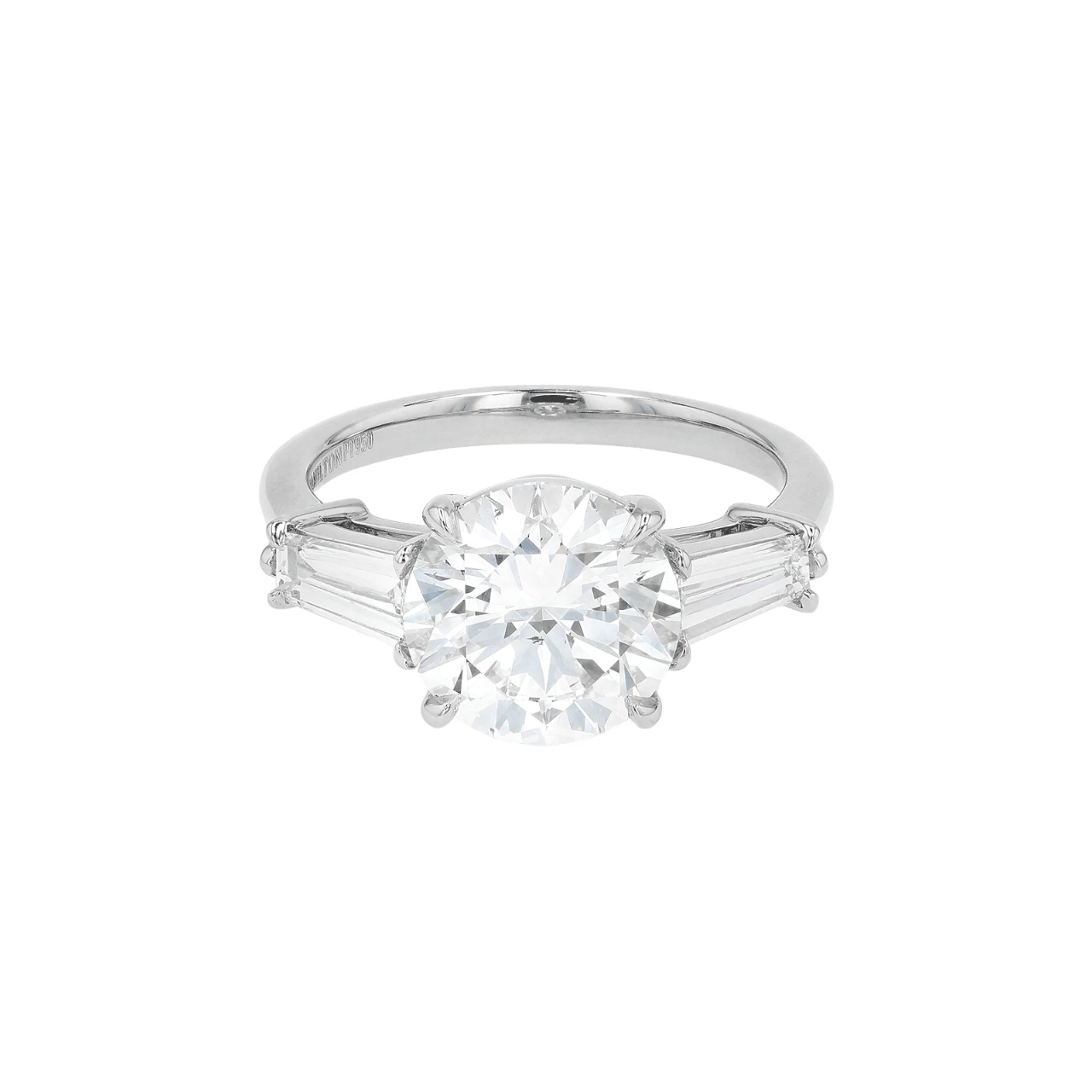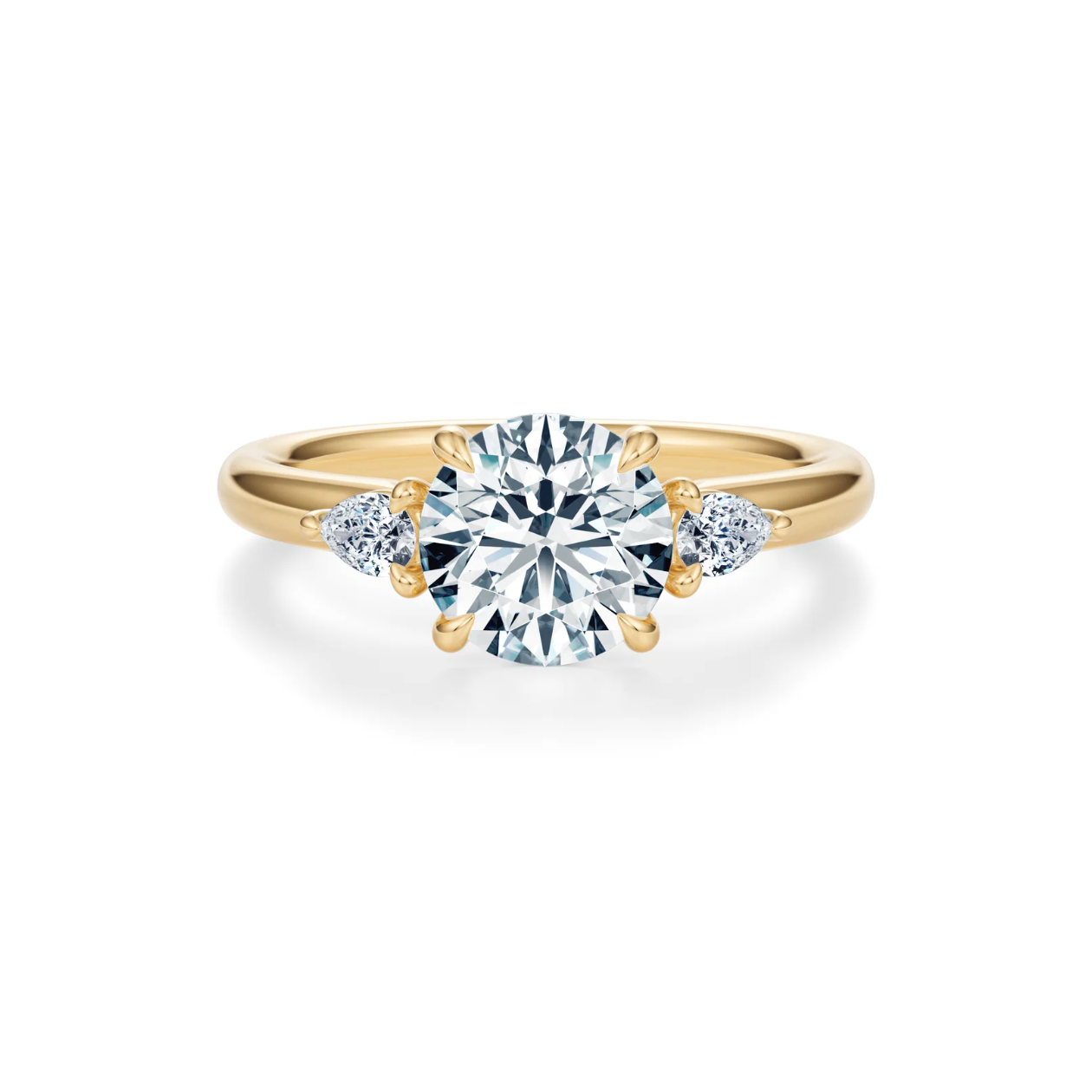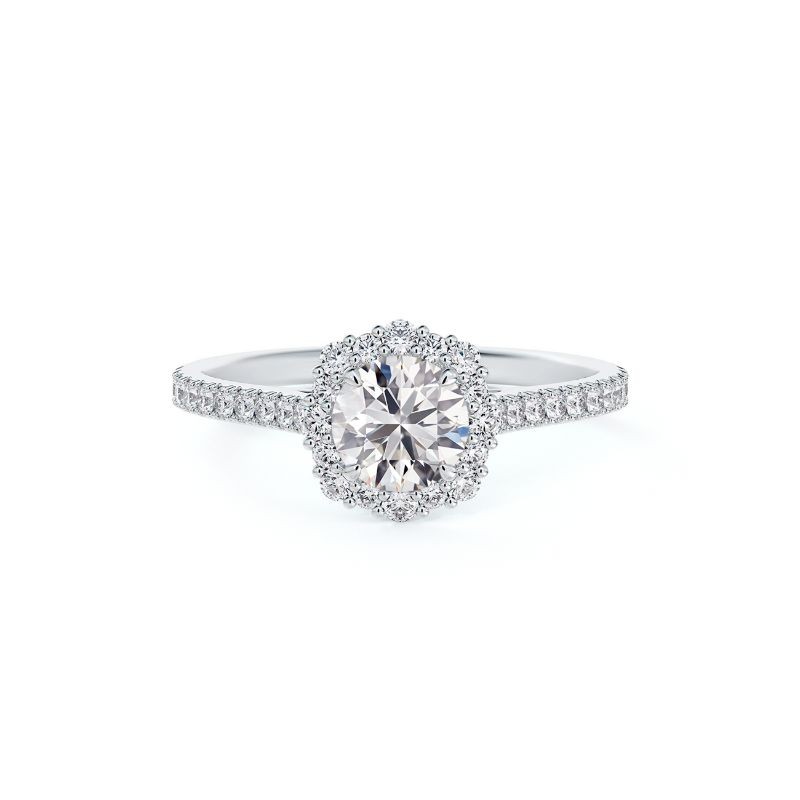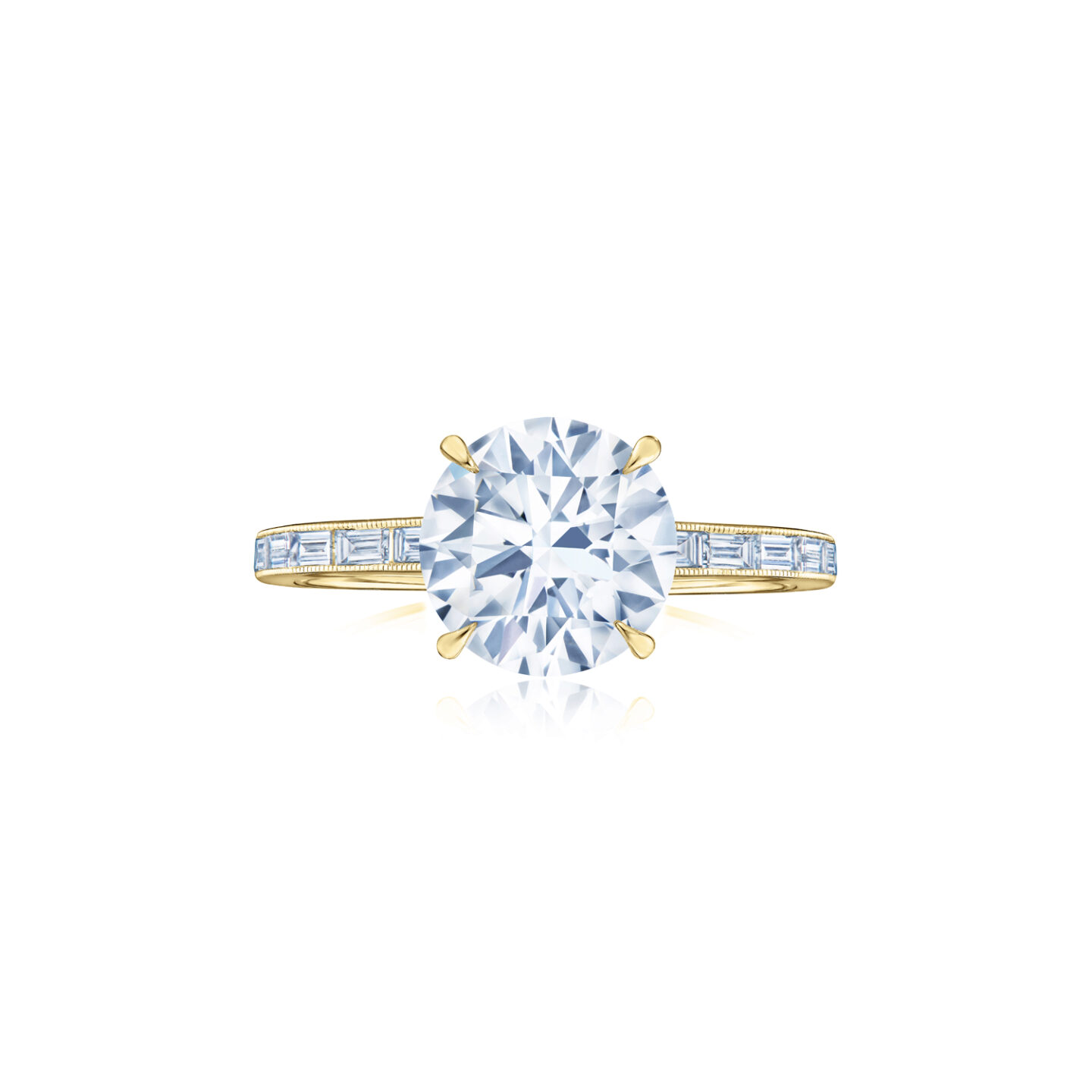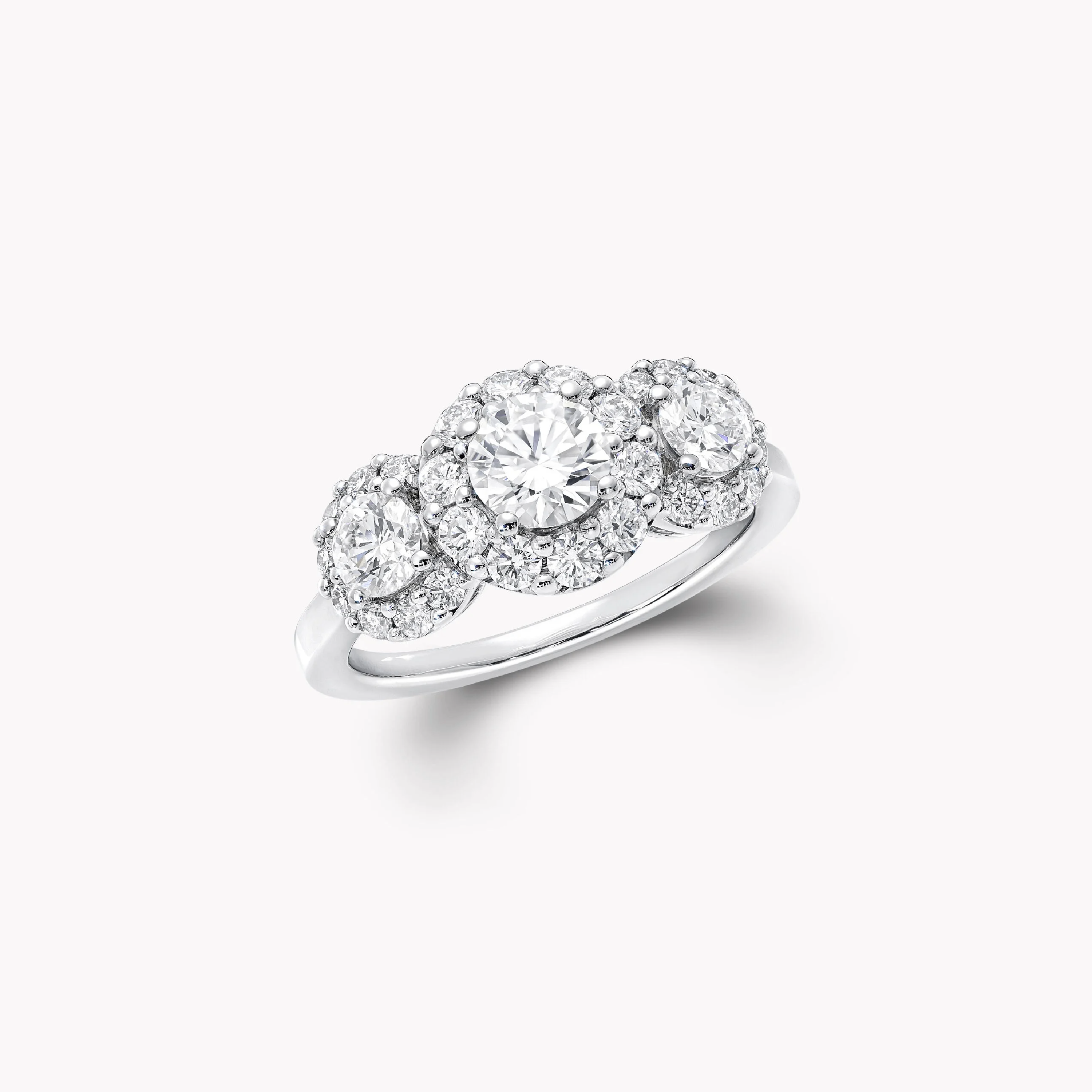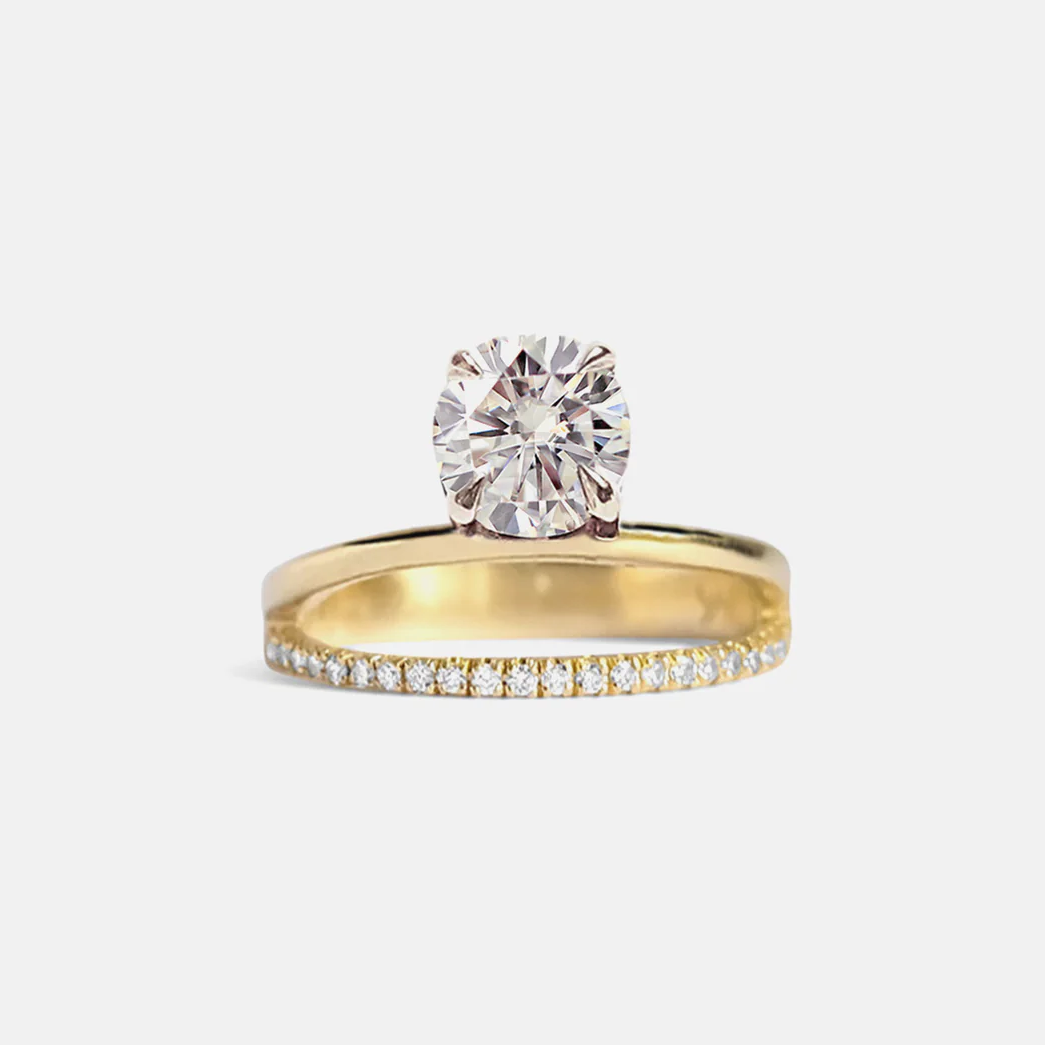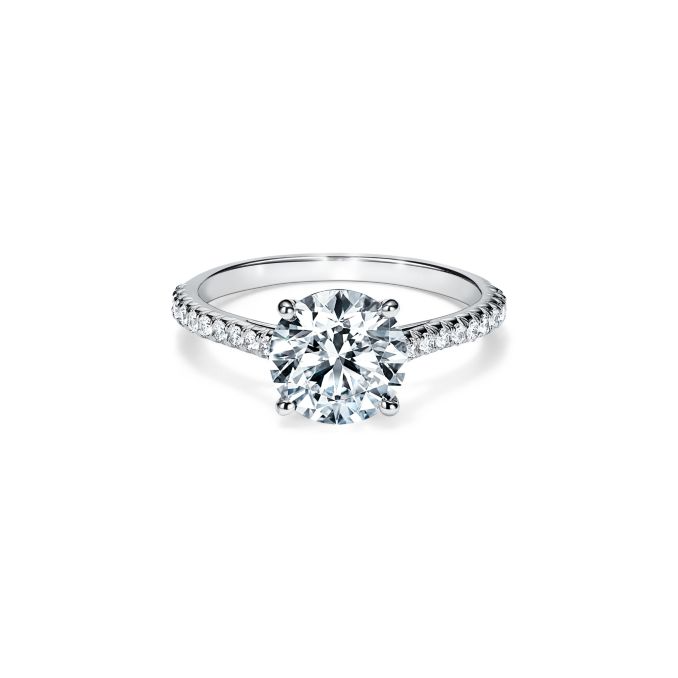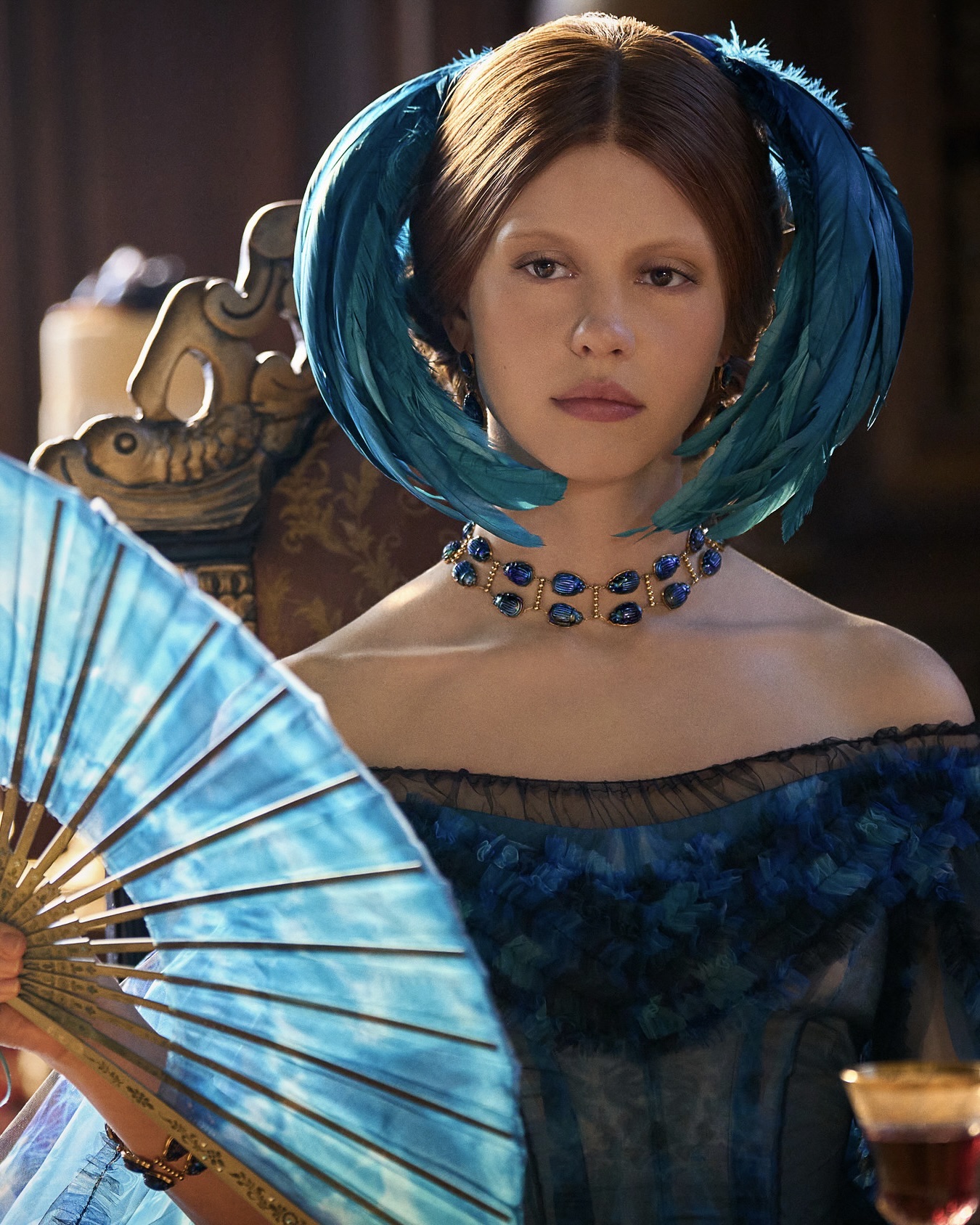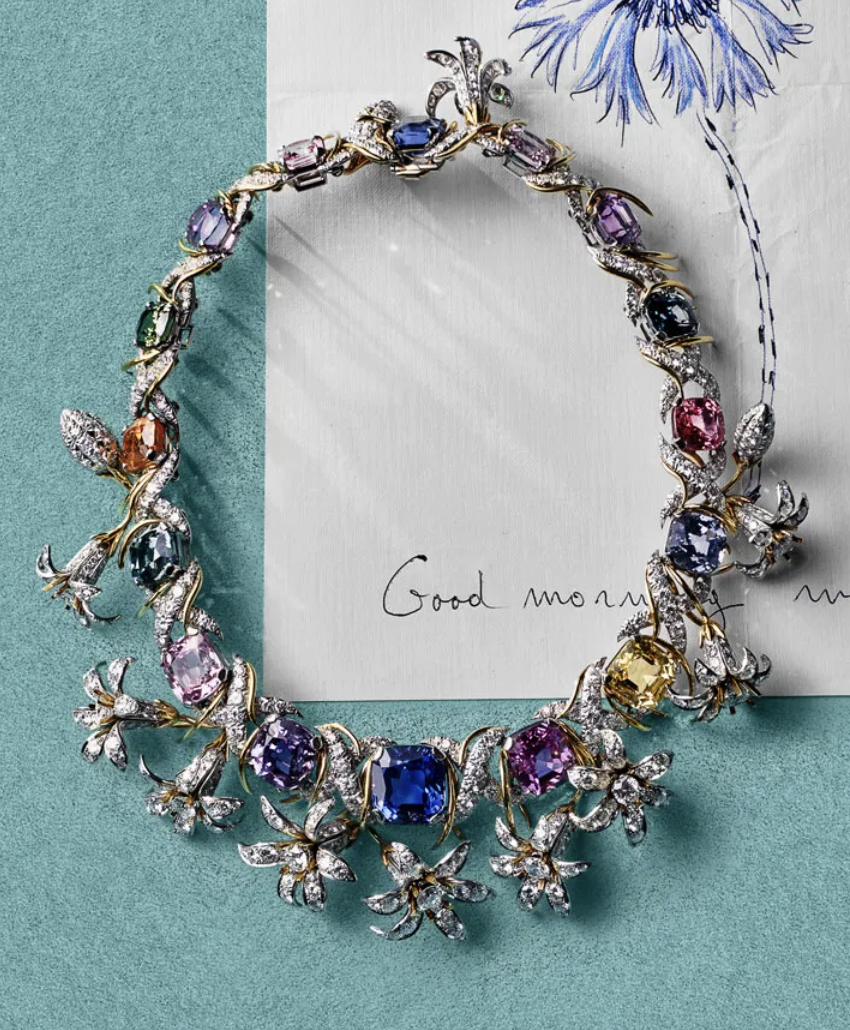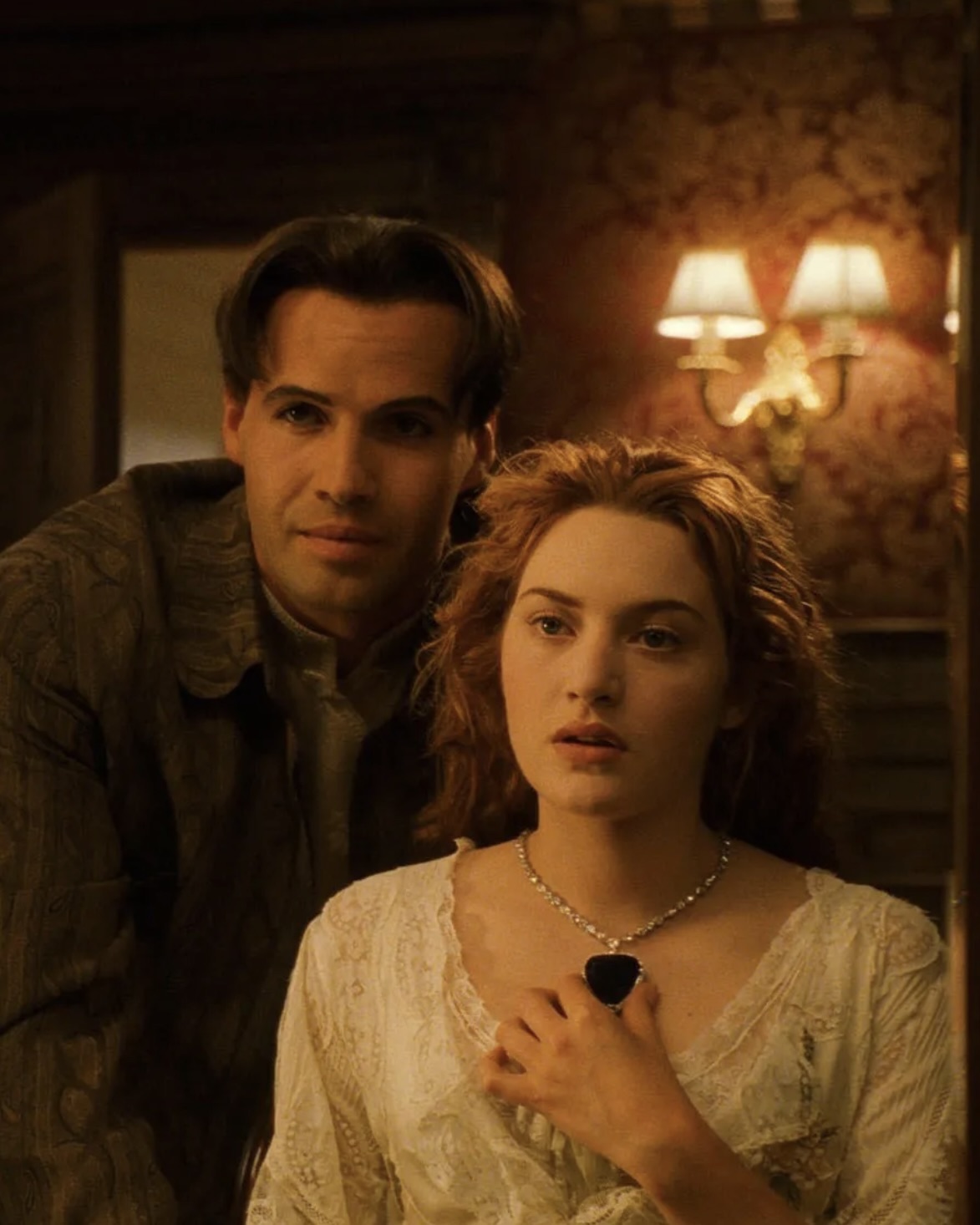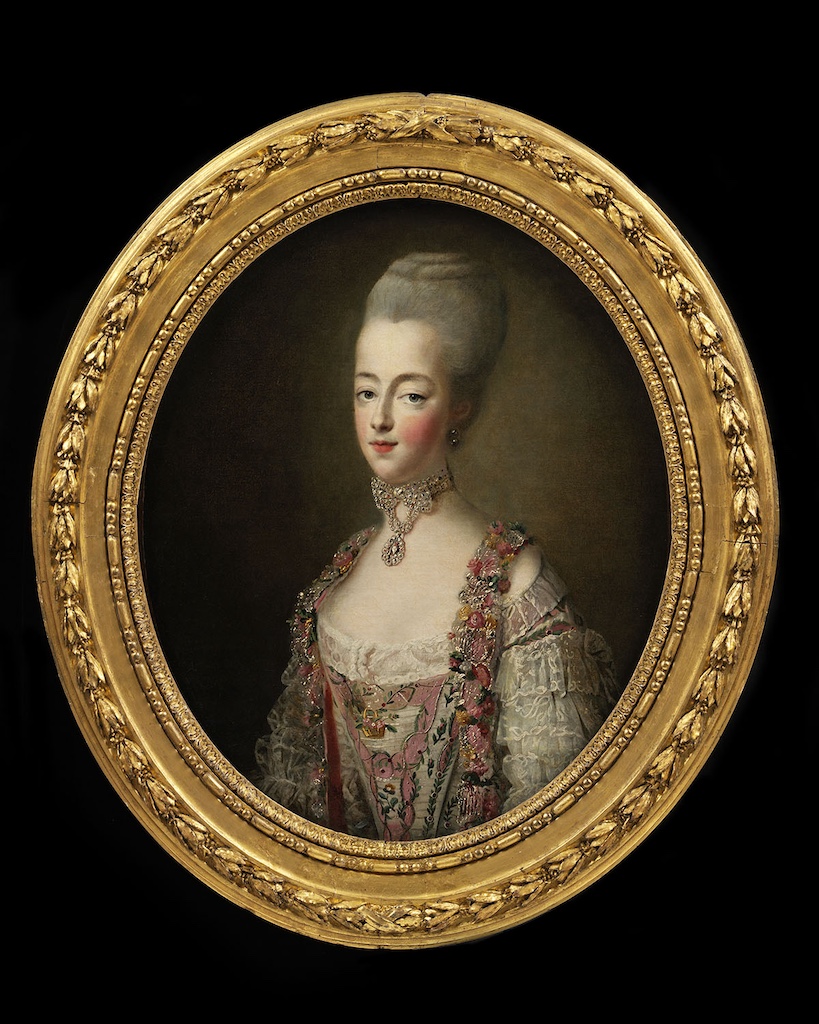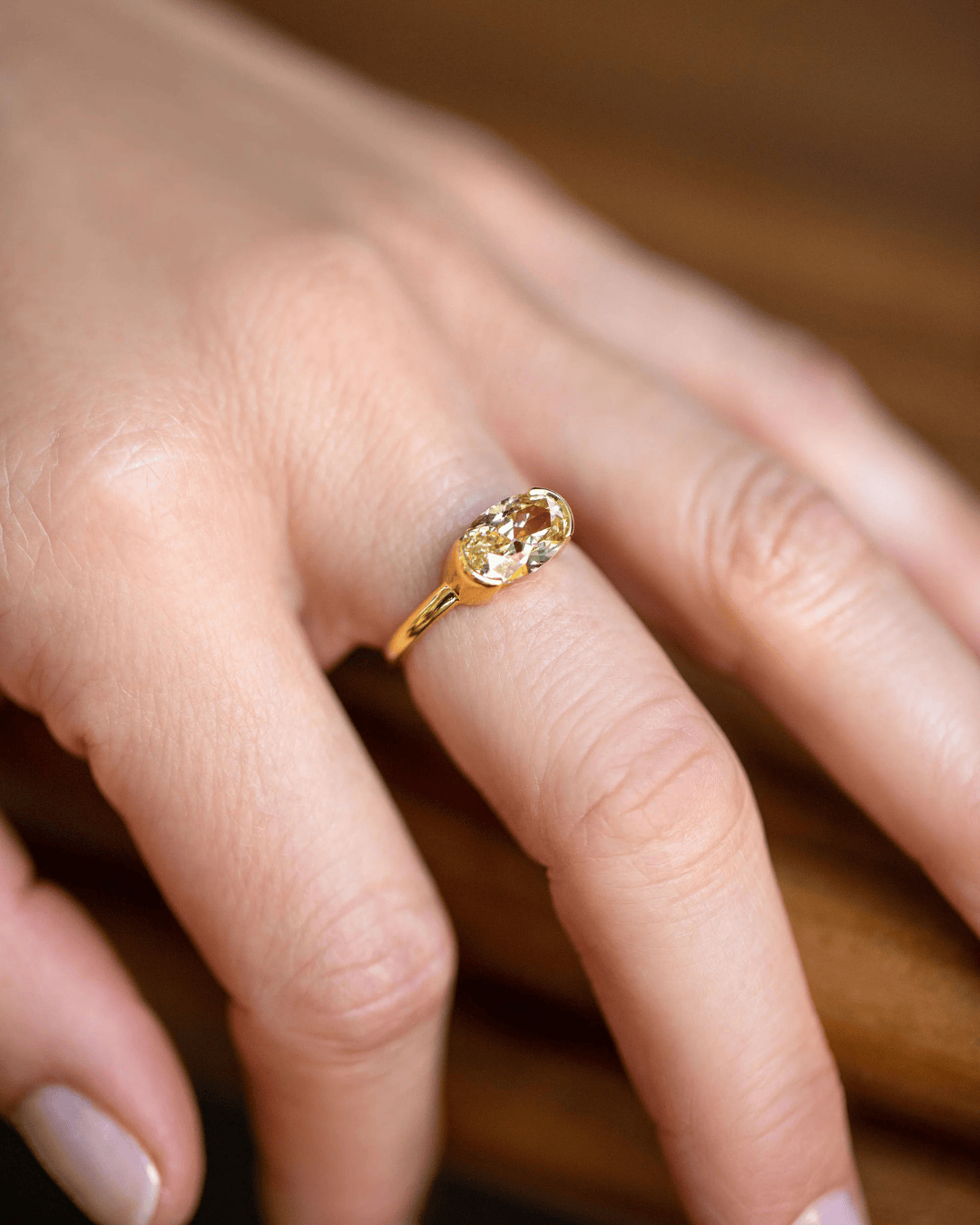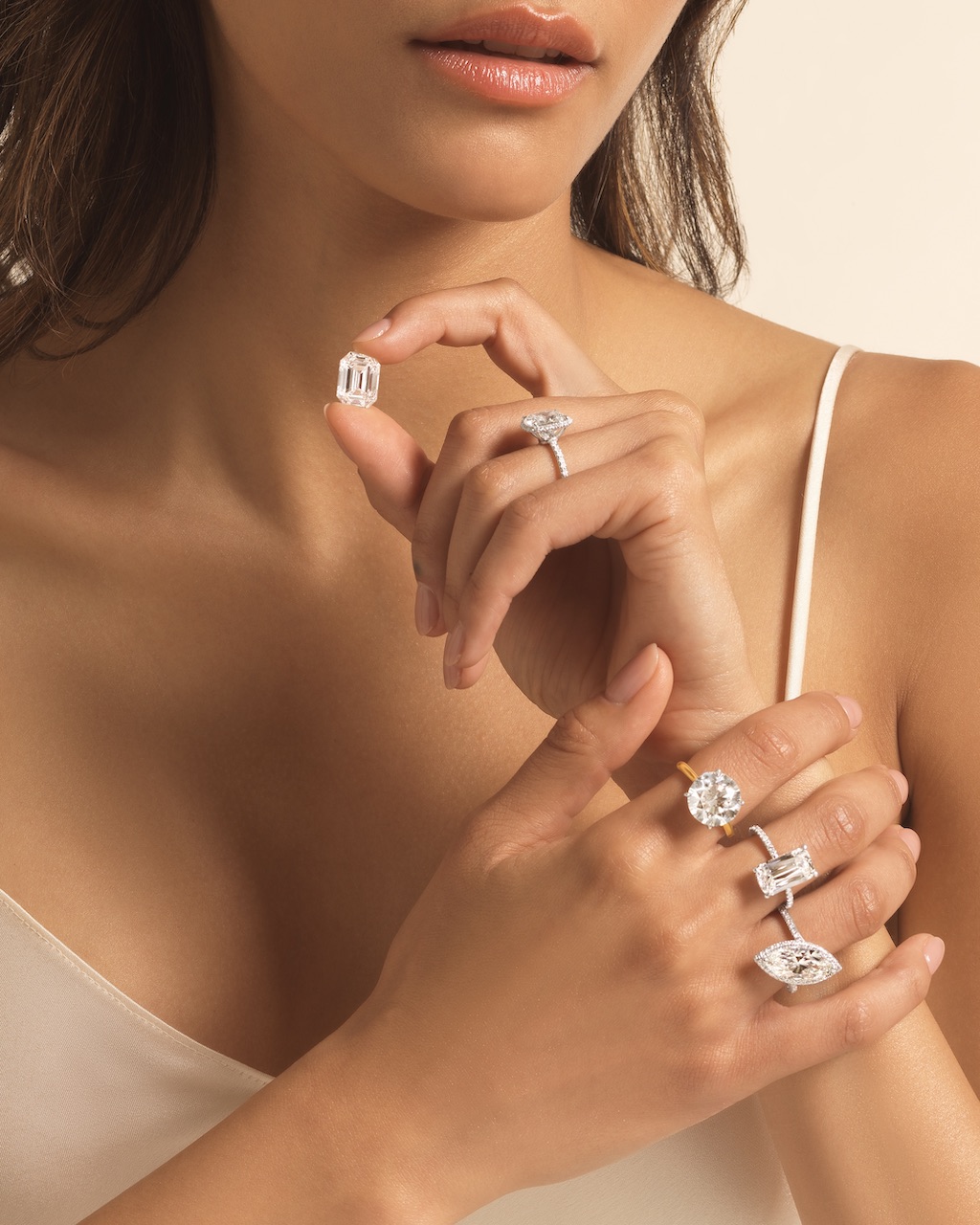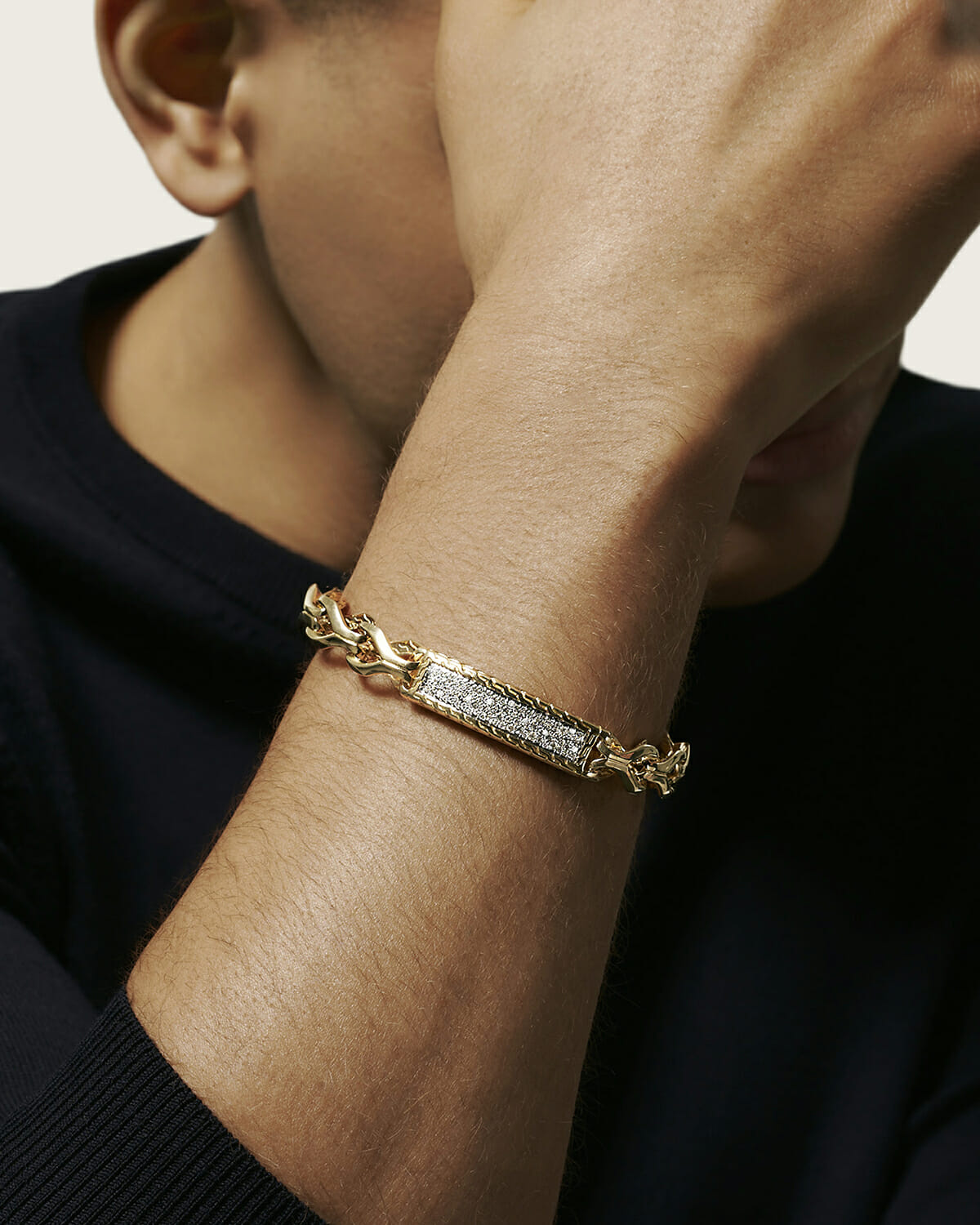The Round Brilliant Cut Diamond: A Century of Perfected Sparkle
More than half of all diamonds sold today are round brilliant cuts. The result of centuries of innovation, from early hand-cut gems to Marcel Tolkowsky’s perfectly proportioned masterpiece.

Loose Round Brilliant Diamonds (Photographed by Mark Lim for Only Natural Diamonds)
When most people picture a diamond, they imagine one shape: the round brilliant. For over a century, it’s been the undisputed star of engagement rings and fine jewelry cases around the world. Today, more than half of all diamonds sold are round brilliant cuts, a testament to their timeless allure and unmatched sparkle. But that mirror-bright perfection we recognize today didn’t happen overnight. The round brilliant is the result of centuries of experimentation, innovation, and artistry that transformed rough crystals from the Earth into the ultimate symbol of perfection.
Meet the Expert

- Grant Mobley is the Jewelry & Watch Editor of Only Natural Diamonds.
- He is a GIA Diamonds Graduate.
- He has over 17 years of jewelry industry experience, starting with growing up in his family’s retail jewelry stores.
The Early Brilliants: From Candlelight to Sparkle
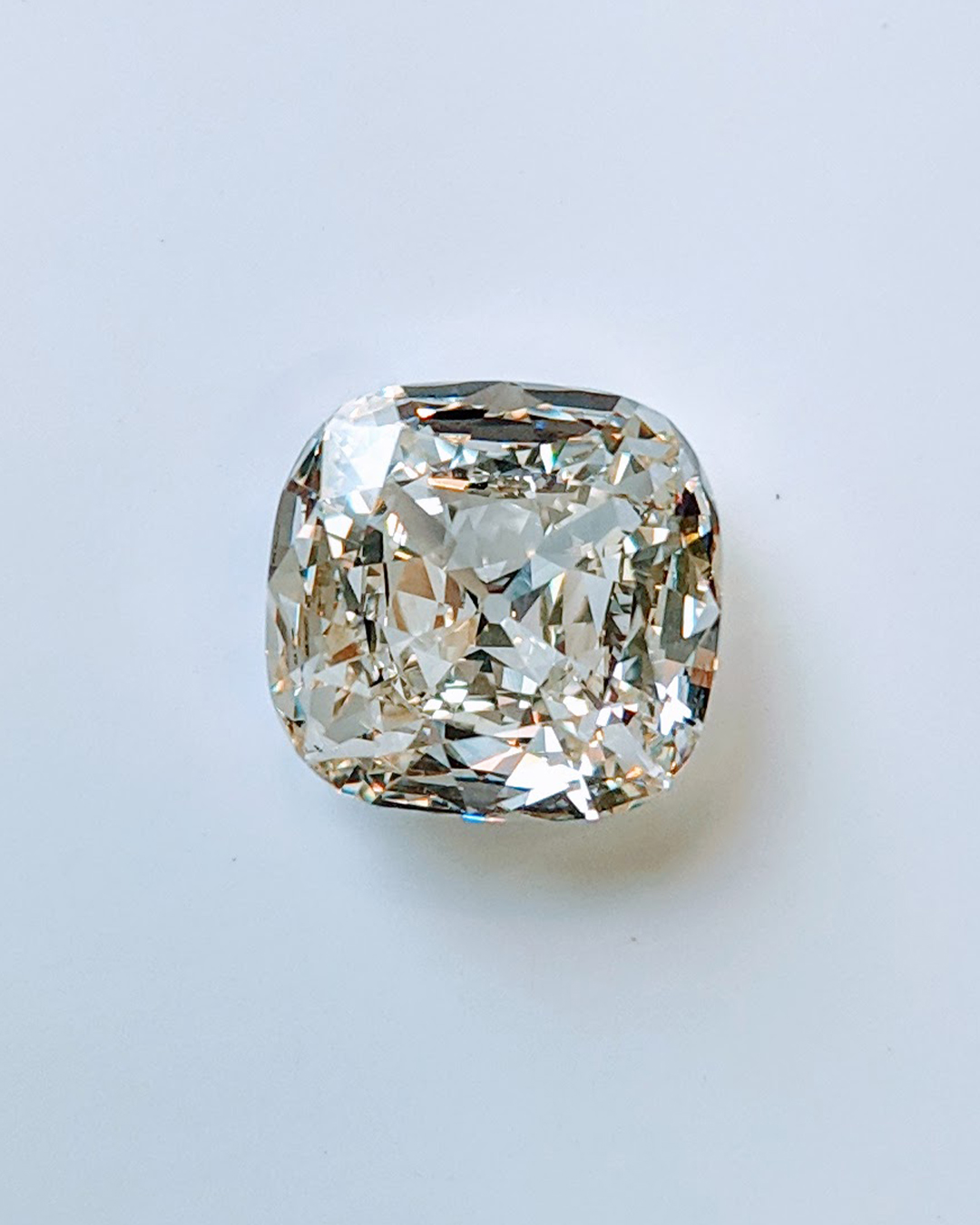

Before electricity, cutters crafted diamonds to shimmer in candlelight. Experts widely consider the Mazarin and Peruzzi cuts, which emerged in the 17th century, the earliest known brilliant cuts. This time marked the beginning of a new era in diamond cutting.
The Mazarin cut, named after French Cardinal Mazarin, appeared in the mid-1600s and was the first to incorporate triangular facets on the crown (top half of the stone). With 17 crown facets, it was a revelation for its time, capturing flickers of light even in dim salons.
Some time later, Venetian cutter Vincenzo Peruzzi took Mazarin’s idea further. His Peruzzi cut, often called the “triple-cut brilliant,” featured 33 crown facets and a cushion-shaped outline. It reflected more light and became the model for the most significant and popular predecessor of the round brilliant cut before the industrial age: the Old Mine Cut.
Named for the “old mines” of Brazil and India, the world’s main diamond sources before South Africa’s discoveries, the Old Mine Cut marked one of the most important chapters in diamond history. Emerging in the early 18th century, these hand-cut, cushion-shaped diamonds featured high crowns, small tables, deep pavilions, and large open culets, building on the designs of earlier brilliants.
These early brilliants shared one revolutionary concept: they emphasized the pavilion, or lower half of the diamond. By placing more weight and angled facets below the girdle, cutters discovered they could bounce light back through the top, creating that unmistakable diamond sparkle we still prize today.
The Industrial Age of Cutting
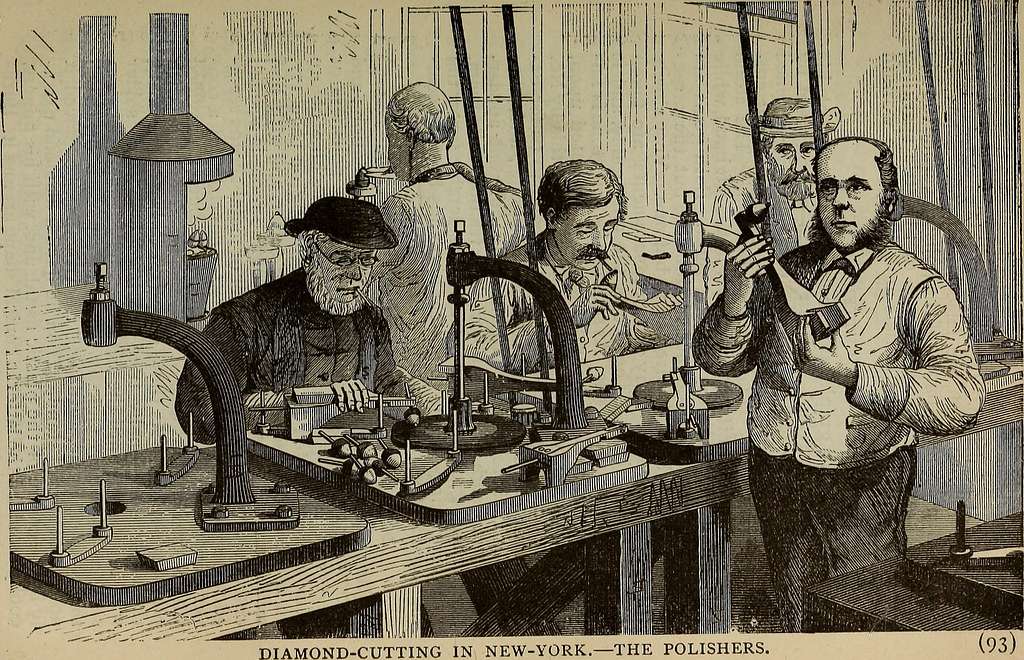
The next great leap came with technology. The discovery of the first diamond deposits in South Africa in the late 1800s sparked both a diamond rush and a cutting revolution.
Enter Henry D. Morse, a Boston-based diamond cutter often credited as the father of the modern brilliant. In 1874, Morse and engineer Charles Field patented the steam-driven bruting machine. This device could grind a diamond against another diamond with precision, creating a perfectly round outline for the first time.
This invention was a game-changer. Until then, cutters shaped a diamond’s outline by hand, and symmetry varied widely depending on the rough crystal. With the bruting machine, Morse could create stones with consistent, circular outlines, setting the stage for the round brilliant cut as we know it.

Still, early machines caused excessive weight loss in rough diamonds, which most cutters resisted. That changed around 1900 when a Belgian inventor developed the motorized diamond saw, allowing cutters to slice rough stones efficiently and use the leftover fragments for smaller diamonds. Symmetry became the new standard, and Europe’s leading workshops began producing these early round stones en masse.
Their work gave rise to what we now call the Old European Cut. A transitional style featuring a round outline, deep pavilion, high crown, small table, and open culet. It was a design that glittered beautifully under the soft glow of gaslight and early electric bulbs, bridging the gap between the antique and the modern.
The Science of Sparkle: Tolkowsky’s Ideal Cut

The final leap from old European to the modern round brilliant cut came in 1919, when Marcel Tolkowsky, a Belgian mathematician and diamond cutter, published Diamond Design. His groundbreaking research calculated the perfect proportions for maximizing a diamond’s brilliance and fire.
According to Tolkowsky’s model, a diamond’s ideal beauty depended on the precise relationship between the crown angle, pavilion depth, and table size. He determined that the most brilliant diamond had 58 facets, 33 on the crown and 25 on the pavilion, arranged in two pyramids meeting at the girdle. This configuration returned the greatest amount of light to the viewer’s eye.
Tolkowsky’s proportions became the blueprint for the modern round brilliant cut and have remained the global standard for over a century.
What Makes a Modern Round Brilliant Cut
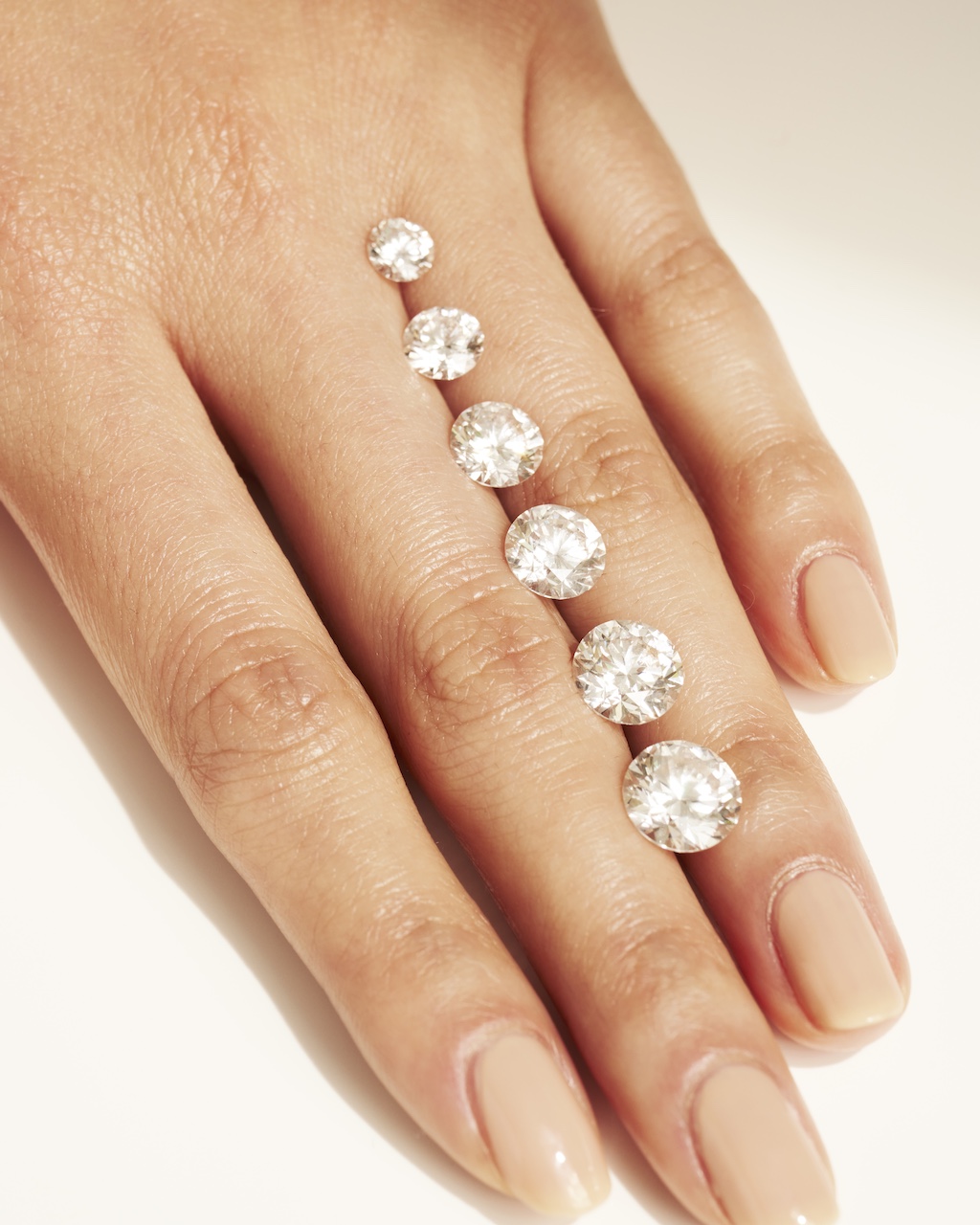
A modern round brilliant cut diamond is the most technically refined gem in the world. Its 58 facets are precisely aligned to capture and reflect light from every angle. The relationship between the crown and pavilion angles is critical: a pavilion that’s too deep leaks light, while a crown that’s too shallow reduces fire. When perfectly proportioned, the result is a balance of white brilliance and colorful flashes that make the diamond seem almost alive.
In fact, the round brilliant is the only diamond shape that receives a “cut grade” from the Gemological Institute of America (GIA), a testament to its scientific precision. Since 2006, GIA has graded every round brilliant cut on every report using a five-tier scale: Excellent, Very Good, Good, Fair, and Poor. This system is based on studies of over 20,000 proportions and 70,000 human observations of 2,000 diamonds, evaluating factors like brightness, fire, and scintillation.
Cut quality also depends on polish and symmetry. Poor polish can dull a facet’s surface, while misaligned facets disrupt how light travels through the stone. When both are flawless, the diamond achieves that crisp, mirror-like sparkle that defines the round brilliant’s enduring appeal.
A Century of Brilliance
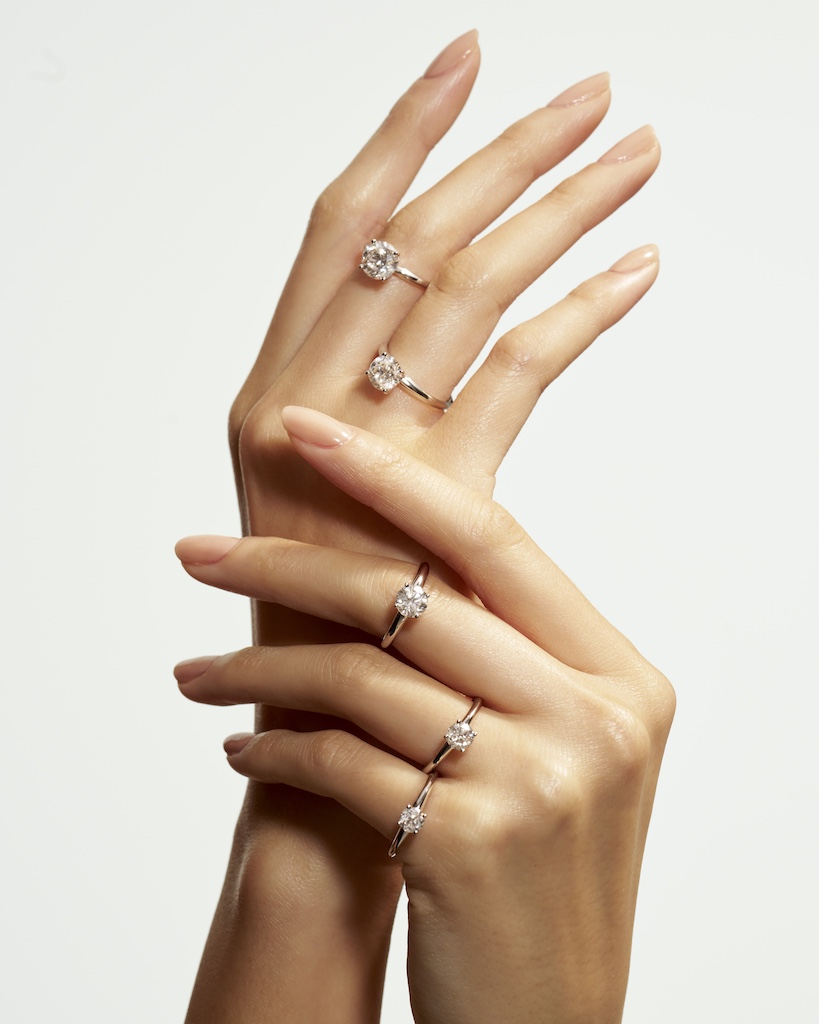
From Cardinal Mazarin’s first experiments to Tolkowsky’s mathematical perfection, the round brilliant cut tells the story of humanity’s pursuit of light. It embodies centuries of craftsmanship and innovation.
Even as new cuts and trends emerge, the round brilliant remains the gold standard. Its proportions are so refined that every facet works in harmony, making it not just a diamond shape, but a symbol of perfected beauty itself.
After all, there’s a reason more than half the world’s diamonds are round brilliants.
Shop Round Brilliant Cut Diamond Rings
Get inspired by natural round brilliant cut diamond engagement rings from some of our favorite designers.








